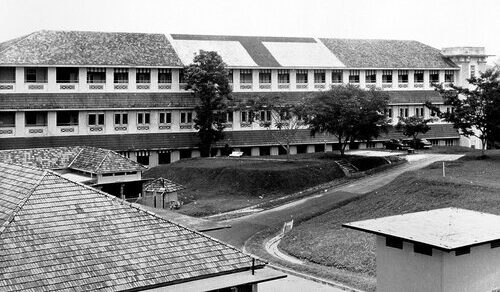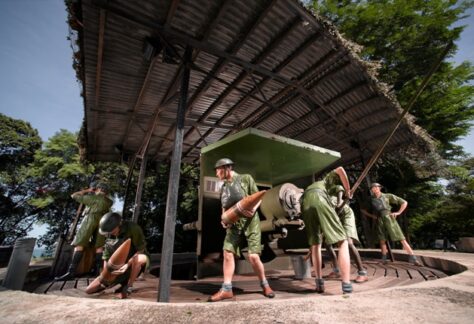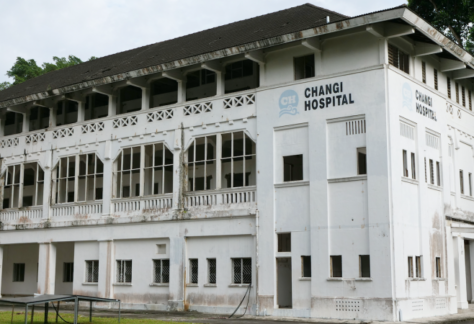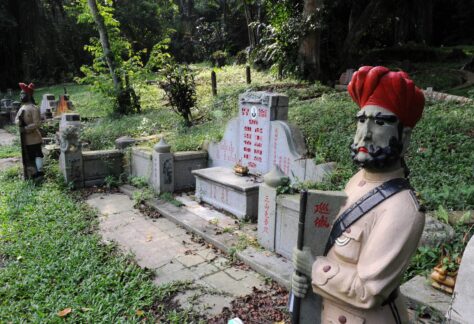Formerly known as the British Military Hospital, it was the site of a massacre by the Japanese on 14 February 1942 when approximately 200 staffs and patients were killed
On the fateful day of 8 February 1942, the Japanese launched a night invasion into Singapore, sparking the week-long Battle of Singapore.
The British Military Hospital, now known as Alexandra Hospital, was one of several military hospitals overwhelmed with casualties. By the 14th of February, the 550-bed hospital had close to 900 patients.
Corridors doubled up as make-shift wards food and water were rationed; electricity was reserved for medical or emergency purposes.
The Attack
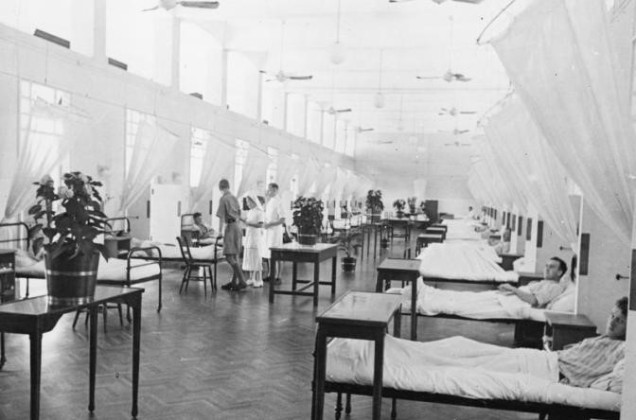
On the 14th of February at approximately 1pm, a Japanese soldier approached a soldier and was met by a British officer with a Red Cross arm band to signify his status as a medical personnel.
Ignoring the officer’s neutrality, the Japanese soldier fired at the British but had missed. However, it wasn’t long when groups of Japanese soldiers emerged and stormed into the hospital.
The Massacre
The Japanese soldiers went from room to room, beating up and bayonetting both patients and staffs indiscriminately. Waving of white cloths and screaming of “hospital” were replied with bayonets and gunshots; even patients lying on the operating table were not sparred. An estimated 50 people were killed in the short span of half an hour.
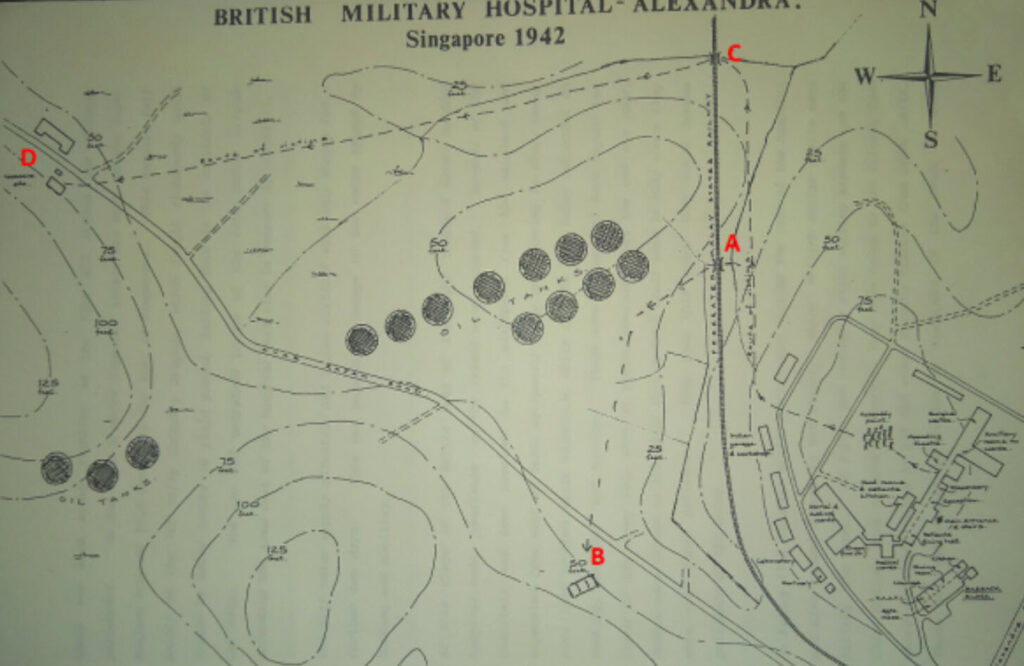
Approximately 150 men who escaped the initial massacre were rounded up, tied and marched to the nearby Sister’s Quarters where they were locked up in three rooms. Those who survived the march were crammed into small rooms with no ventilation, food and water. With no space to even sit down, many died from exhaustion and dehydration.
The following morning on the 15th of February, groups of captives were escorted out of the building under the pretext of fetching water. It wasn’t long when their screams can be heard by those still locked up. The captives have been bayonetted and are disposed at a massive grave.
The Escape

Amidst the ongoing massacre, the Japanese unexpectedly bombed the area. A mortar shell struck the roof of the building, killing several captives but also opening a hole for the rest to escape.
However, many were killed by a barrage of bullets by the Japanese’s machine guns. Only five managed to make the escape to the British defence lines.
The Punishment
it is said that commander of the Japanese 18th Division, Lieutenant-General Mutaguchi, visited the hospital on the 16th Februrary — the day after the end of the Battle of Singapore — and apologized for the disgraceful conduct of his men. It was also alleged that the Japanese soldiers who were involved in the massacre were executed on the same day of his visit; this cannot be confirmed.
The Cause
Till date, little is known about the exact cause of the massacre. A popular explanation says that the Japanese soldiers were chasing after at a group of Indian soldiers who were firing from, or near the hospital. However, it is widely believed that the massacre was a mere act of revenge for the massive losses that the Japanese have suffered throughout the Battle of Singapore.
The Verdict
After the war, an investigation by the War Crimes Tribunal was carried out into the Alexandra Hospital Massacre.
A verdict was issued in April 1946, summarising that although the massacre was confirmed to be true, there is little evidence to determine who the instigator was. Together with the fact that the Indian troops have provoked the Japanese troops and that the massacre was committed in the heat of the battle, it was concluded that no one should be charged criminally for the tragic incident that occurred on the 14th and 15th of February 1942 at the British Military Hospital.
Today’s Alexandra Hospital
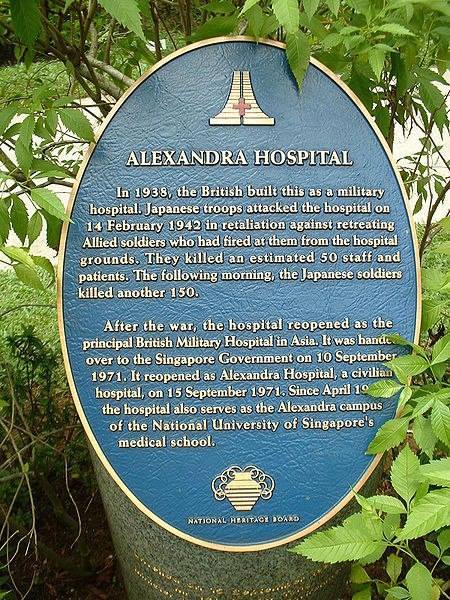
In 1971, following the withdrawal of the British, the hospital was handed over to the Ministry of Health with a token $1 note as a symbolic gesture. The hospital was renamed as Alexandra Road Great Hospital in the same month and opened up its medical services to the public.
In September 1988, Alexandra Hospital was marked as a historical site for its role in WWII as well as a tribute to those who were killed in the infamous Alexandra Hospital Massacre.

